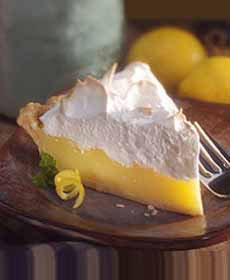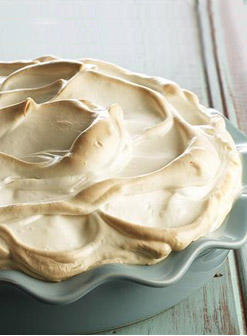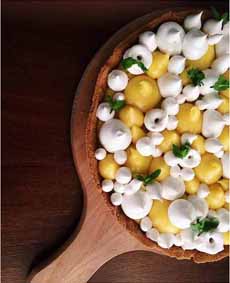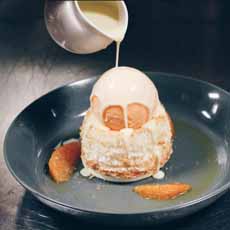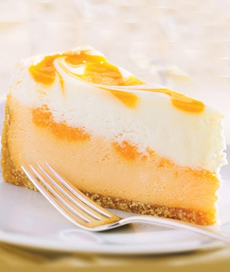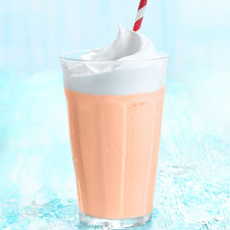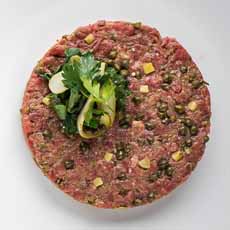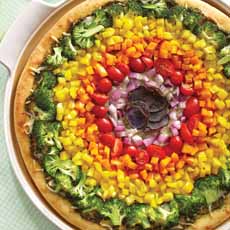|
“Vegetable-forward presentation is huge on menus,” says Flavor & The Menu, a magazine and website that high-end chefs follow to see what’s trending nationwide.
“It’s moved beyond innovation and into its own movement called veg-centricity,” where vegetables have moved beyond their traditional role: a supporting role to the protein “star” of the plate.
Now, instead of filling out the plate or rounding out a healthy meal, says Flavor & The Menu, vegetables now “co-starring, rather than serving as extras.”
RECIPE: VEGETABLE CRUDO WITH FRUIT
Some think that eye appeal is the excitement-generator for a dish of food.
But it starts before then, with anticipation: a menu description, or a host announcing the course.
The dish in the photo could have been described as “raw vegetable plate,” which might be enough to entice anyone who wants a vegetarian/vegan dish.
But call it “vegetable crudo” (CROO-doe), and ears perk up.
Crudo is the word for raw in Italian; crude is one word for raw in French (hence, crudités for raw vegetables).
The photo shows an artistic arrangement of sliced raw vegetables, accompanied by orange segments.
RECIPE: VEGETABLE CRUDO WITH FRUIT
Ingredients
4-5 different vegetables in contrasting colors (nothing white!)
Orange, blood orange or red grapefruit segments (substitute melon rectangles/“fingers” of similar size)
Dressing of choice (see below)
Garnish: microgreens, small herb leaves, small flower petals, and/or summer corn kernels
The dressing need only be a squeeze of lime juice and a drizzle of olive oil.
Or, you can serve a ramekin of vinaigrette—Dijon vinaigrette would be lovely—on the side for dipping or pouring.
Also consider a sherry vinaigrette*: sherry vinegar has a distinct and delightful flavor. You can use it in the same Dijon vinaigrette.
See more about sherry vinegar below.
Preparation
1. MAKE the vinaigrette. Set aside until ready to use (or refrigerate overnight).
2. SLICE the vegetables thinly. The slices should be delicate; not chunky, but not paper-thin. They need to be picked up with a fork.
3. SEGMENT the fruit.
3. PLATE the vegetables and fruit. You can use the photo #1 as a guide, or create your own design.
ABOUT SHERRY VINEGAR
Sherry vinegar is not broadly used in the U.S. Fortunately, it is available; and you can treat yourself to a bottle. A premium bottle is also a nice gift for anyone who cooks (or anyone named Sherry).
Authentic sherry vinegar is made in Spain using the solera style of aging. The wine is fermented for years in a series of increasingly smaller oak barrels. This long aging process and artisan technique mean that sherry vinegar commands a higher price tag than most other vinegars.
A dark, intensely-flavored vinegar with a sweet finish, sherry vinegar is used like fine balsamic to add a gourmet touch to dishes. Like sherry wine, the vinegar appeals to connoisseurs. The attributes “fat” and “rich” are often given to vinegars made from sherry, and a fine product’s complexity can be considered “mellow.”
If you don’t have sherry vinegar when a recipe calls for it, you can substitute red wine vinegar.
One of the charms of a quality sherry vinegar it that you can drink it from a shot glass or liqueur glass, as a digestif after dinner (if you find it too strong, add a splash of sparkling water).
|
